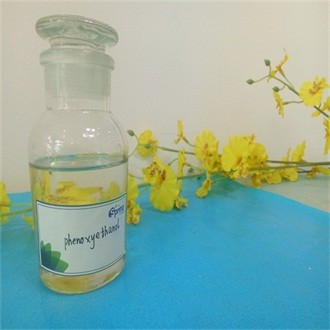The design of the cosmetic preservative system should follow the principles of safety, effectiveness, pertinence and compatibility with other ingredients in the formula. At the same time, the designed preservative should try to meet the following requirements:
①Broad-spectrum antibacterial activity;
②Good compatibility;
③Good security:
④Good water solubility;
⑤Good stability;
⑥Under the use concentration, it should be colorless, odorless and tasteless;
⑦Low cost.
The design of the anti-corrosion system can be carried out according to the following steps:
(1) Screening of the types of preservatives used
(2) Compounding of preservatives
(3) Design of preservative-free system
The ideal preservative should inhibit all microorganisms, including fungi (yeasts, molds), gram-positive and negative bacteria. In general, most preservatives are either effective against bacteria or fungi, but rarely are they likely to be effective against both. As a result, the need for broad-spectrum activity is rarely met by the use of a single preservative. The use of low concentrations can be effective and should inactivate microorganisms relatively quickly, enough to prevent antagonistic effects of microorganisms on the preservative system. It also reduces the risk of irritation and toxicity. Preservatives should be stable at all extremes of temperature and pH during the production of cosmetics and during their expected shelf life, maintaining their antimicrobial activity. In fact, no organic compound is stable at high heat, or at extreme pH. It is only possible to be stable within a certain range.
With the in-depth research on the safety of preservatives, many traditional preservatives have been proved to have certain negative effects; most of the preservatives have irritating effects, etc. . So, the concept of safe "no added" preservative products began to emerge. But truly preservative-free products do not guarantee a shelf life, so they are still not fully popularized. There is a contradiction between irritation and shelf life, so how to solve this contradiction? Some well-known companies have studied some compounds that are not included in the preservative series, and screened out some alcohol compounds with preservative activity, such as Hexanediol, Pentanediol, P-hydroxyacetophenone (CAS No. 70161-44-3), Ethylhexylglycerin (CAS No.70445-33-9) , CHA Caprylhydroxamic Acid ( CAS No. 7377-03-9) etc., when these compounds are used in appropriate amounts in the product, can achieve good preservative effects and pass the preservative challenge test.
Post time: Mar-02-2022


